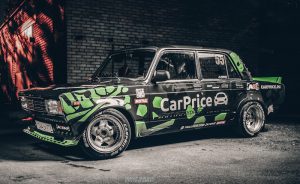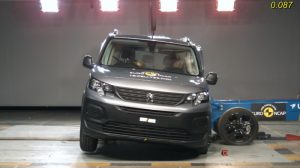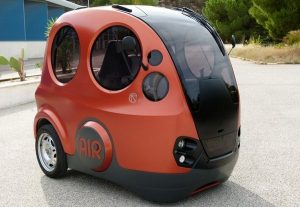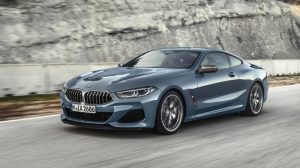“Japanese Henry Ford”: the story of Soichiro Honda
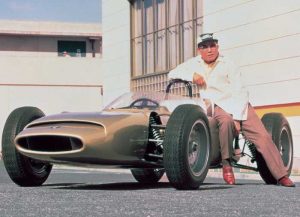 Soichiro Honda is a unique person who has traveled a thorny path from a simple mechanic to the owner of the largest automobile brand. Through trial and error, through war, natural disasters, this purposeful and talented Japanese inventor received about 150 patents and made a huge contribution to the automotive industry.
Soichiro Honda is a unique person who has traveled a thorny path from a simple mechanic to the owner of the largest automobile brand. Through trial and error, through war, natural disasters, this purposeful and talented Japanese inventor received about 150 patents and made a huge contribution to the automotive industry.
Childhood and the first steps
Soichiro Honda was born on November 17, 1906 in the village of Komya, Yavat District, Shizuoka Prefecture. His father was an experienced blacksmith, and his mother was a weaver. Although his family lived relatively poorly, Soichiro’s childhood can be called happy. It was from his father that Honda inherited a love for cars.
At the beginning of the 20th century, bicycles became fashionable in Japan. More and more people began to ask Honda’s father to repair their iron horses. Sensing a gold mine, he opened a two-wheeled vehicle repair workshop. Soon, in addition to repairing bicycles, Soichiro’s father began selling them. The younger Honda spent most of his childhood helping his father in the shop and shop.
Soichiro as a child was fascinated by cars. Later he recalled how long he remembered the smell of oil coming from the first car he saw. Shortly before Soichiro graduated from school in 1922, he saw an advertisement for the Tokyo Art Shokai auto service company.
At the age of 15, he decided to leave home and head to Tokyo for an internship at Art Shokai. At that time, working conditions were very different from current ones. Younger employees were provided with food, housing and pocket money, but they did not receive any official salary. Jobs at Art Shokai had a strong influence on Soichiro’s future career.
First successes
The owner of the workshop, Yuzo Sakakibara, quickly recognized the potential in the youth. Honda, in turn, learned a lot of useful information about equipment and business from Yuzo. Sakakibara was not only a good engineer and businessman, but also an excellent teacher. Along with an understanding of repair work, he also had experience with more complex processes, such as the manufacture of pistons.
It was while working at Art Shokai that Honda met a wide range of cars and motorcycles. Soichiro worked hard to expand and deepen his knowledge in this area. The young specialist has repeatedly surprised other employees of the salon with his exceptional talent and technical mindset.
First workshop
In 1928, Honda successfully completed its training and opened its own branch of Art Shokai in Hamamatsu. The young engineer used all the acquired skills and knowledge to expand the services of the garage, going far beyond the usual car repair.
The photograph taken in 1935 depicts the branch of Art Shokai in Hamamatsu. If you carefully look at the picture, you will see a car raised on a special elevator, which Honda has developed its own. Soichiro always argued that a person should not do his job while crawling under a car. By the mid-1930s, the branch staff increased from one employee to thirty. Soichiro’s wife became director of the workshop.
Around 1936, Honda decided to switch from ordinary repairs to its own production. Initially, for this purpose, he attempted to turn the branch of Hamamatsu into a separate company, but he was displeased by the shareholders of Art Shokai.
Investors understood that the current workload and orders for repair work brought a very good income, and they were not interested in taking risks, entering into unnecessary competition. Despite the excuses Soichiro did not lose hope of starting his own production. Honda and his acquaintance Shichiro Kato decide to create their own company Toaki Seiko Heavy Industry, specializing in the production of automotive parts.
Start of production
The development of Honda’s new enterprise was not smooth. At first, Soichiro developed piston rings at night and continued to work at Art Shokai during the day. A number of technical difficulties forced Honda to enter the correspondence form of study at the Hamamatsu Industrial Institute in order to improve their knowledge in metallurgy. Confident in the future success of the enterprise in 1939, the engineer left Art Shokai and transferred the management of the branch to his interns.
Piston production was gaining momentum, but the product was still far from ideal. This time the problems were related to the production technology, not to the design.
